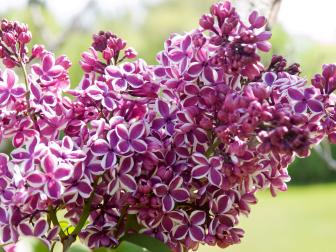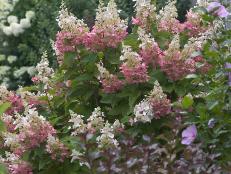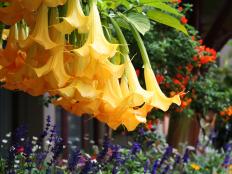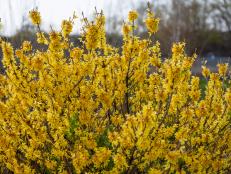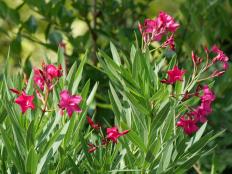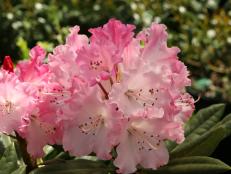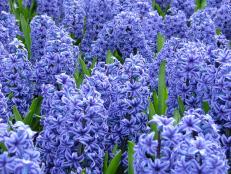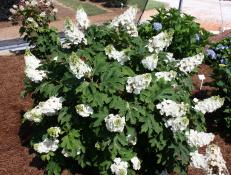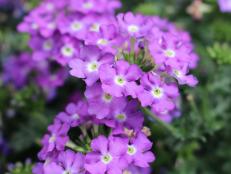How to Plant and Care for Lilacs
Learn why the old-fashioned lilacs are now popular among modern-day gardeners.
A favorite shrub of mothers and grandmothers everywhere, lilacs bring back sentimental memories. Their beautifully fragrant flowers are the harbingers of spring. And now that heat-tolerant cultivars are available, these old-fashioned shrubs are back on the horticultural hot list.
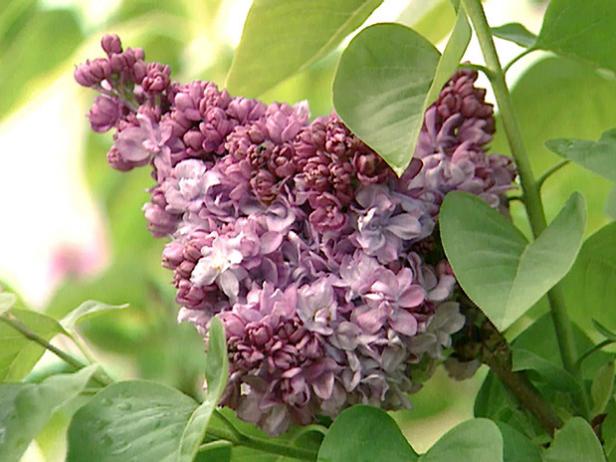
Lilac Selections
Traditionally considered cold-climate shrubs, lilacs are catching on with gardeners in milder climates. The 'Descanso' hybrids tolerate higher temperatures. They don't require the cold-winter dormancy that many other lilacs need. 'California Rose' also performs well in warm climates and the Northwest. It has abundant rose-pink flowers that offer a tremendous fragrance.
18 Lilac Varieties 18 Photos
Fall in love with lilacs all over again. Their fragrance, flower power and sheer variety are tough to beat.
Although the word "lilac" may conjure up shades of purple, don't be afraid to move beyond the mauve. There are thousands of varieties that come in white, blue, pink and lavender. There are even selections that feature purple flowers with a white rim. 'Sensation' is a mid-season bloomer that makes a great focal point in the yard.
For true lilac lovers, the thought of only one flush of blooms in a growing season is a sad thing. To extend the bloom season in your garden, combine early-flowering selections with mid- and late-season bloomers.
Planting Lilacs
Here's the first rule of planting: lilacs need lots of space to grow. If you're planting a hedge, they'll need a spot at least seven to eight feet wide and ten feet wide for a shrub.
They also need at least six hours of sun a day to have excellent flowering. Provide a well-drained, alkaline soil. When planting, add a handful of lime with subsequent twice-a-year applications to keep the shrubs in peak condition.
To plant dig a hole about as deep as the pot is or even a little deeper so you can add some compost to the hole. Take the lilac out of the pot and score the roots to get them ready to spread out in their new home. Put it in place and backfill the hole. For one more shot of nutrients, add a bit more compost on the soil surface. Water thoroughly. Once the shrub is established, let nature take over the watering duties; most lilacs are drought-resistant.
Pruning Lilacs
You'll know it's time to sharpen the pruners when you start wondering, "Why isn't my lilac blooming like it used to?" One reason your shrub may not be blooming is that you're not cutting off the spent blossoms. As soon as the blossoms fade, snip them back to the leaf, just past the bloom. The bigger the bush, the bigger the job. However, this is an essential task in rejuvenating growth.
Occasionally, you may need to prune more than just spent blossoms. When your shrubs get too tall to enjoy the blossoms, it's time to prune and rejuvenate the lilac. You could call this the "June prune." After enjoying the flowers in the spring, cut back one or two of the older, more raggedy limbs to the ground with a handsaw. This encourages healthier growth and more vigorous blooming of the plants.
Propagation
If you want more lilacs, propagate. To do this, take a shovel and cut a shoot from the mother plant in the spring. Then wait until the fall before lifting it out. This way it has a chance to get a few roots growing, and the plant will be more successful. It's those shoots that ensure the lilacs endure from season to season.






